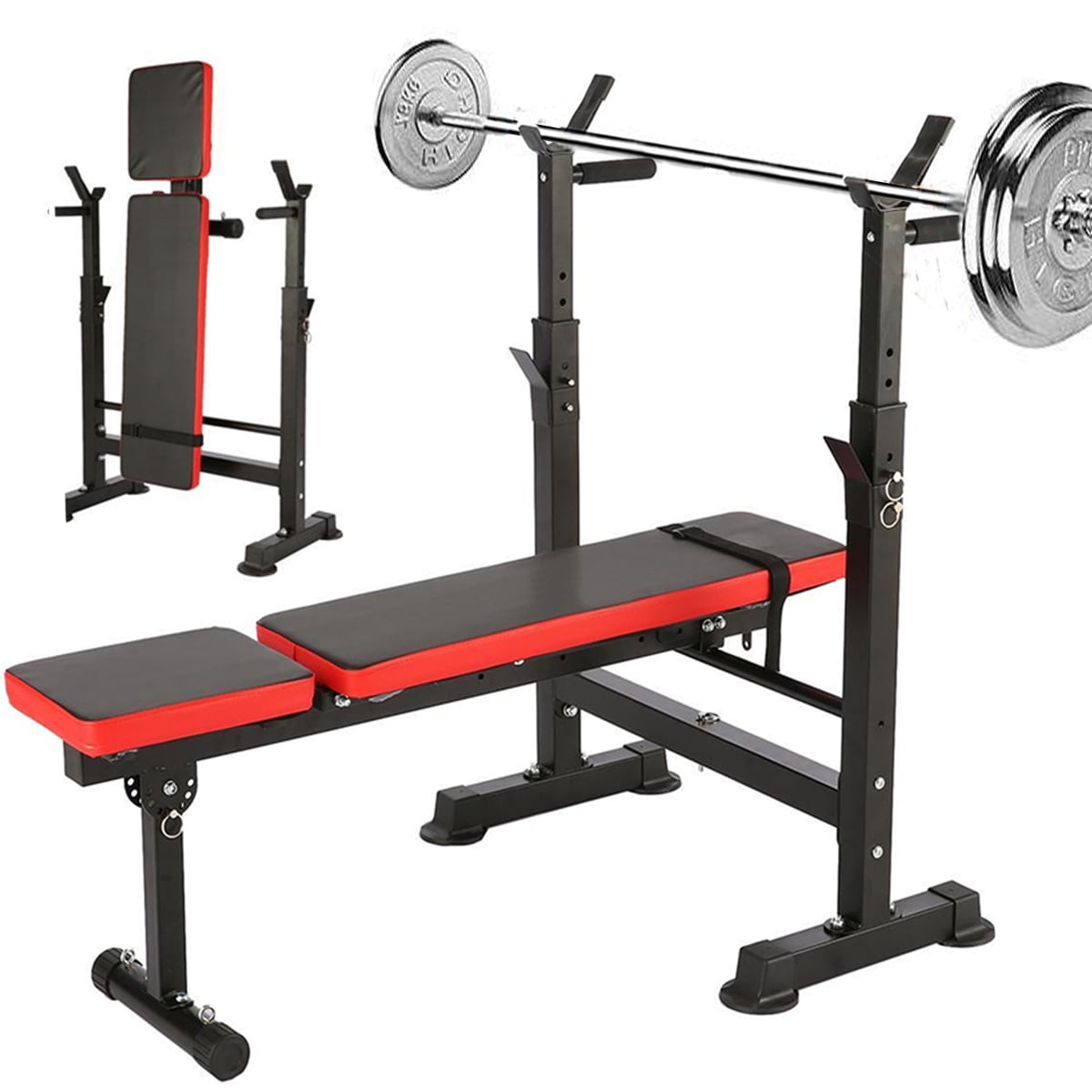
For example, when we are doing large exercises such as squats, the heart can hit extremely high beats per minute we're talking 170+. If we rest too short, we won't be able to perform any kind of meaningful volume. Studies have shown that we can see a depletion in our ATP stores up to 70%! What this means is that if we perform a heavy, intense set of lifting and then jump right back into another set, we will have no ATP to do anything! In fact, it has been reported that the quality of subsequent bouts of performance are regulated more so by ATP resynthesis than any other factor such as the buildup of metabolites or clearing of lactic acid ( study). Therefore, the primary reason we must rest in between sets is to allow our ATP stores to replenish. However, performing an extremely high-intensity exercise, such as weightlifting, can deplete our ATP stores extremely fast. These differences in average speeds are all due to the body's ability to produce sufficient supplies of ATP, as our bodies are only able to produce so much in a certain amount of time. Basically, the intensity must lower as the duration increases think the 100m sprint, 5k run, and marathon. Literally, every single muscle contraction must have ATP to power it and if there's none to spare, muscle contractions stop.Įveryone knows that there is an inverse relationship between the intensity of exercise and its duration.
#Rest time between bench press sets series
Even when you see athletes eating during long races, those nutrients will be broken down through a series of reactions until they eventually produce ATP. ATP has been given the title of "our bodies energy currency" as it's our bodies' true source of fuel at the molecular level. When we train with high intensity, we can significantly reduce our bodies' stores of a compound known as adenosine triphosphate, or ATP for short. It's so important to know why we rest so that we can start taking this interval seriously. I’m not really sure (nothing wrong with being honest!)Īnd to be clear, this is not to make fun of wrong beliefs this is to point out the mass confusion that surrounds a critical training variable that can significantly affect the outcome.This question can actually invoke a lot of different answers. So how long should you rest between sets? Well, that depends on several factors, but before that, we need to understand WHY we rest. On the other hand, it was believed that longer rest breaks were needed for strength and power training as the body required greater time to recover from using heavier loads. This would then result in more repair being needed, which would mean more significant growth. For example, it was thought that shorter rest breaks for hypertrophy training allowed a trainee to "break down" the muscle to a greater extent.


These rest periods were initially given as it was believed that they were needed to optimize the training. Regardless, none of that even matters as no one ever explains why we rest for those periods, and when it is, the answer is usually wrong. Now to be clear, the above times are just to give you a basic idea, and they could differ depending on who you speak to. Traditionally, rest periods looked a little something like this: "Rest" is a training variable that dictates how much time we wait between sets.


We can spend so much time trying to decide on a range of training variables and what can produce the best results such as, how fast should we lift the bar, w hat kind of rep scheme to use, and what's the optimal training frequency? However, the one variable which you literally don't have to do anything is screwed up the most.


 0 kommentar(er)
0 kommentar(er)
